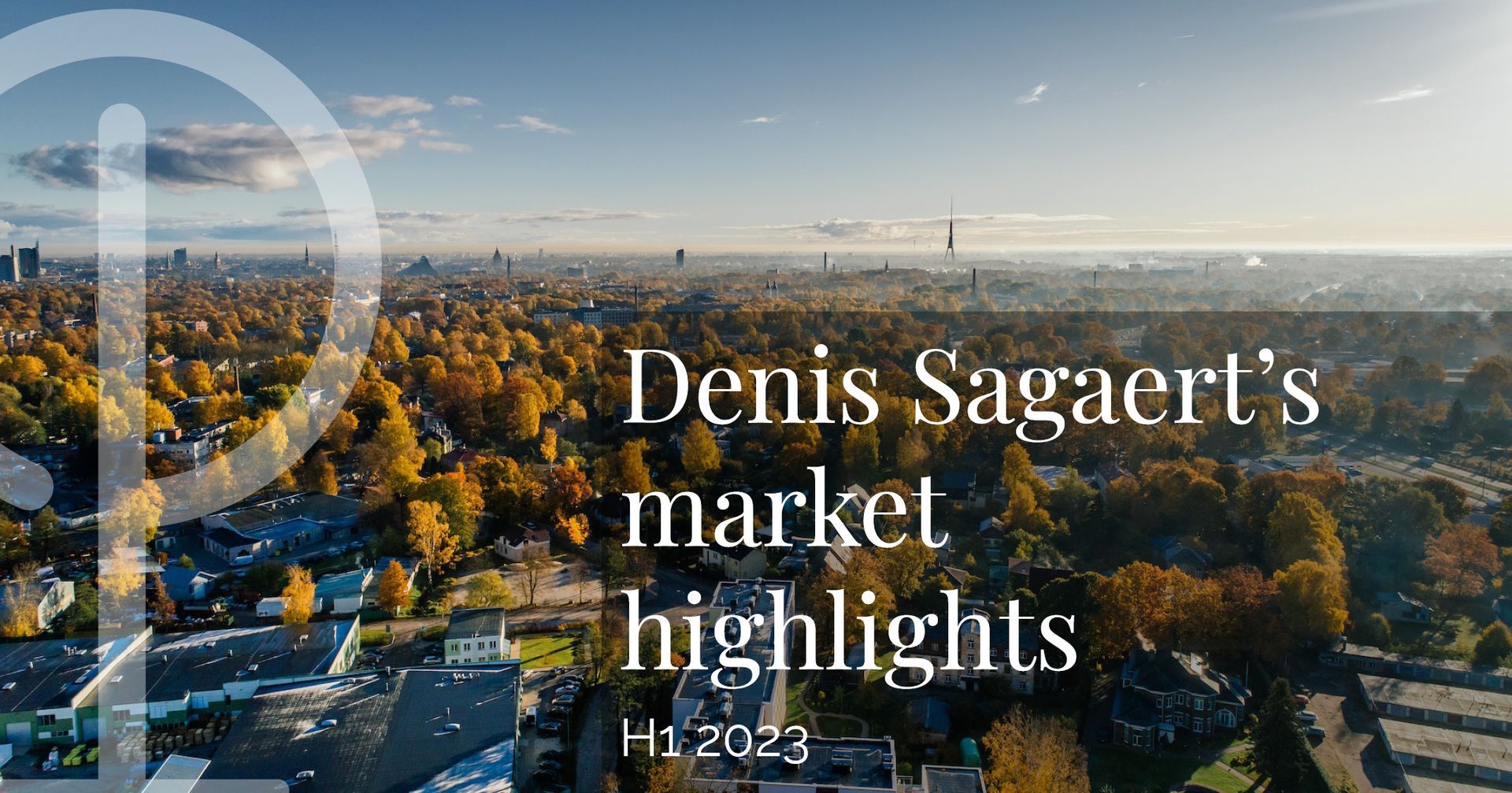Denis Sagaert’s monthly market highlights - February '23
Equity indices were mixed
The World Equities Index closed the month with a loss of 1.9% in local currencies and 0.5% in euro.
The Stoxx Europe 600 went up (+1.9%) but the S&P 500 fell by 2.5% (in USD).
The Emerging Markets Index clearly underperformed (-4.2%), mainly because of Chinese equities.
Growth stocks outperformed. The World Growth Equities Net EUR managed to advance (+0.5%), while other investment styles such as value and quality ended the month on a small loss. Sector wise, this meant that IT outperformed with gains for Apple, Microsoft and especially Nvidia. The underperformers were energy, healthcare, real estate and utilities.
Bonds moved back slightly
Bond markets also retreated. The Bloomberg Global Aggregate Hedged EUR, representing the global universe of investment grade bonds, declined by 1.3%. Duration, and not credit risk, determined performance. Within the euro-denominated universe, the Bloomberg Euro Aggregate Government fell by 1.2%. The Bloomberg Euro Aggregate Corporate Index (investment grade corporate bonds) lost only 0.5%. The Bloomberg Euro High Yield Index gained 0.8%. Credit spreads (yield premium vs. risk-free bonds of similar maturity) did not widen, they even narrowed somewhat. At month end, the average yield to maturity on investment grade corporate bonds was 4.36%, and 7.31% for high yield bonds.
Inflation at the centre of concerns
On February 1, the Federal Reserve (Fed) raised its Fed funds rate by 25bps to bring the target range to 4.50-4.75%. The Fed stated that ongoing increases in the target range are expected in order to attain a stance of monetary policy that is sufficiently restrictive to return inflation to 2 percent over time. Some statistics published later in the month (Change in Nonfarm Payrolls on February 3, Retail Sales on February 15 and PCE Deflator on February 24) were higher than expected, and analysts now expect the Fed to raise its target by 25bps at the next 3 meetings and reach a peak of 5.25% - 5.50% in June.
On February 2, the European Central Bank (BCE) Governing Council decided to raise the three key ECB interest rates by 50 basis points. The Governing Council will stay the course in raising interest rates significantly at a steady pace and in keeping them at levels that are sufficiently restrictive to ensure a timely return of inflation to 2%. Another 50bps hike was pre-announced for the March meeting.
The euro falls against the dollar
The euro fell by 2.2% against the US dollar and 0.5% against the yuan but rose vs. the yen and the Norwegian kroner (+1.5%).
Commodities in decline
The Bloomberg Commodity Index (BCOM) was down 5%.
Gold fell by 5.4%% in USD.
Crude oil (WTI, Brent) declined a bit, but agricultural commodities and base metals recorded larger losses.
More news












